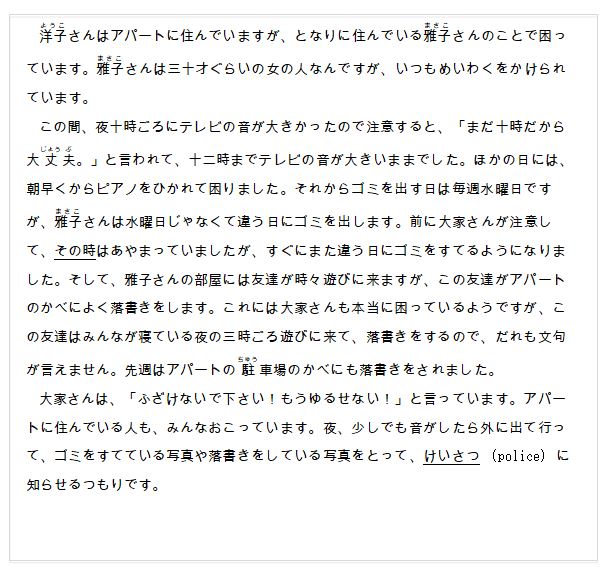Gramática Un ciudadano global: Un poco de historia Para otro proyecto de tu clase de español, tienes que escribir un ensayo sobre qué significa ser un ciudadano global. La primera parte de tu ensayo es una historia sobre la globalización. Completa el párrafo con la forma apropiada del verbo entre paréntesis en pretérito, imperfecto, presente perfecto o pluscuamperfecto.La globalización es un fenómeno que 1. ___________________ (crecer) muchísimo durante el último siglo. Las nuevas tecnologías como Internet 2. __________________ (permitir) reducir los costos de las comunicaciones a larga distancia y otras invenciones, como el avión, 3. ______________________ (minimizar) significativamente el tiempo necesario para viajar entre países. En épocas pasadas, la gente que 4.
_____________________ (trasladarse) a un nuevo país no 5. _________________ (poder) regresar a su madre patria sin mucho trabajo. Una vez que los inmigrantes 6. ______________________ (echar) raíces, no 7._____________________ (salir) más del nuevo país. En esa época, el concepto de "ciudadano global" realmente no 8. __________________ (existir); los inmigrantes 9. ___________________ (integrarse) en la cultura del nuevo país y muchas de sus costumbres culturales 10. ____________________ (perderse). Ahora, sin embargo, trasladarse de un país a otro es algo bastante normal y no significa que una persona vaya a quedarse en el nuevo país durante el resto de su vida. De esta combinación de factores ha surgido el concepto de ser un ciudadano global.(5)
What will be an ideal response?
podía
You might also like to view...
Studies show conclusively that if large groups of children watch a great deal of televised violence, they will be more prone to behave aggressively. In other words, not all children will become more aggressive, but many will. Especially during adolescence, viewing lots of violence on television is associated with actual increases in aggression against others. It's little wonder that a large panel
of medical and psychological experts recently concluded that media violence is a serious threat to public health. It is fair to say, then, that televised violence causes aggression in viewers, especially children? Fortunately, that would be an exaggeration. Televised violence can make aggression more likely, but it does not invariably "cause" it to occur for any given child. Many other factors affect the chances that hostile thoughts will be turned into actions. Among children, one such factor is the extent to which a child identifies with aggressive characters. That's why it is so sad to find TV heroes behaving aggressively, as well as villains. A case in point is the popular Power Rangers TV programs for children. In each episode, the Power Rangers "morph" into superheroes who use karate and other violent actions to conquer monsters. After watching an episode of the Power Rangers, a group of 7-year-old children committed seven times more aggressive acts than a control group that didn't watch. The aggressive children hit, kicked, and karate-chopped their peers, often directly imitating the Power Rangers. Younger children, in particular, are more likely to be influenced by such programs because they don't fully recognize that the characters and stories are fantasies. Youngsters who believe that aggression is an acceptable way to solve problems, who believe that TV violence is realistic, and who identify with TV characters are more likely to copy televised aggression. In view of such findings, it is understandable that Canada, Norway, and Switzerland have restricted the amount of permissible violence on television. Should all countries do the same? The last sentence of the first paragraph ("It's little wonder that....") is a statement of a. opinion. b. fact.
What are Yoko’s complaints about Masako? Answer the following questions in English.

Who says, "Gonna get you, baby" to Connie in the parking lot?
What will be an ideal response?
Classification is the thought pattern most likely used to organize the textbook heading:
a. "Data Versus Information." b. "Types of Information Systems." c. "How Businesses Use Information Systems." d. "Information Systems and Business Ethics."